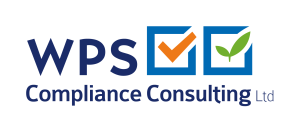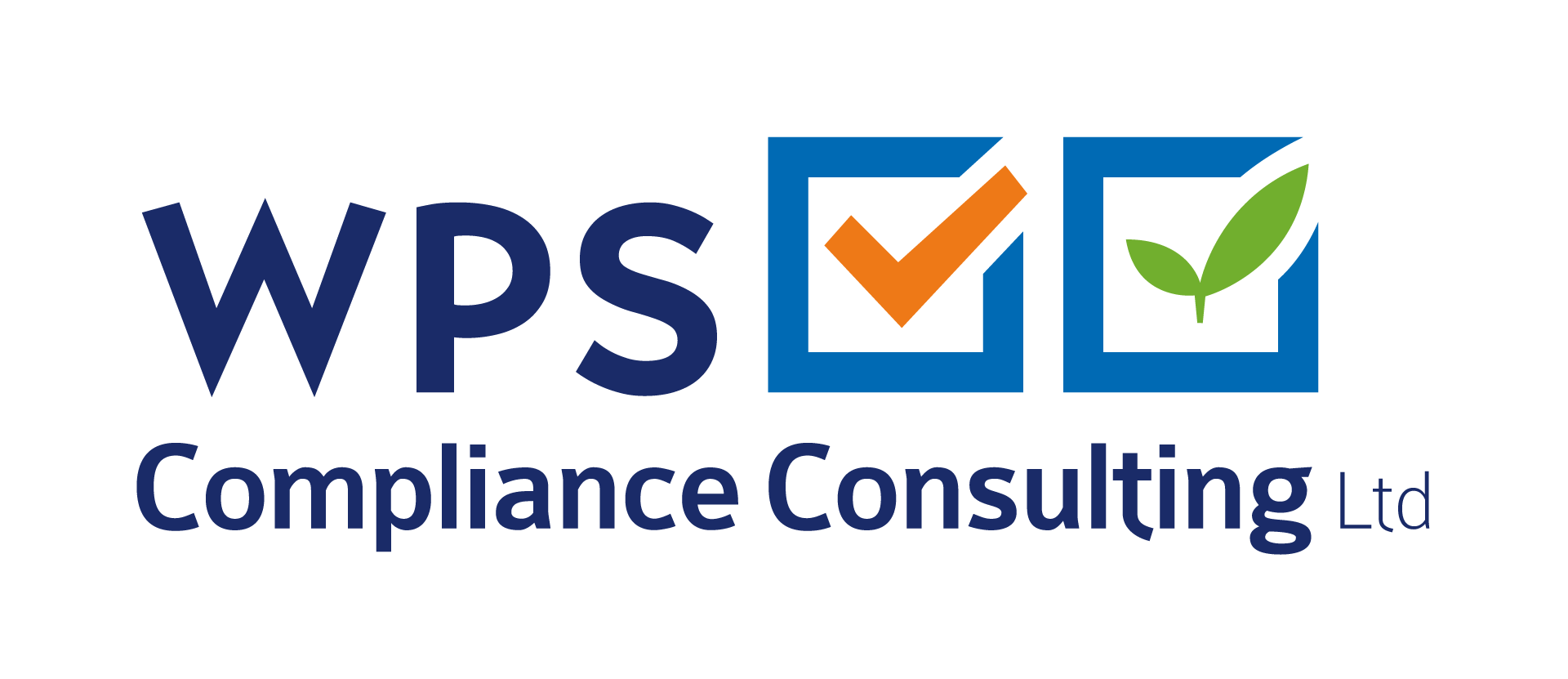Introduction
Section 106 (S106) agreements are legally binding planning obligations used to mitigate the impact of development, often including financial contributions, community facilities, and sustainability initiatives. In BREEAM projects, S106 obligations can significantly influence the delivery of credits, project timelines, and long-term sustainability outcomes.
Clients, developers, and design teams need to understand how these obligations intersect with BREEAM to avoid missed opportunities, delays, or additional costs while aligning with local authority requirements.
What is Section 106?
S106 agreements are created under the Town and Country Planning Act 1990, allowing local authorities to require developers to contribute towards community and environmental improvements as part of granting planning permission.
Typical obligations may include:
- Affordable housing provision
- Green space and biodiversity enhancements
- Transport and infrastructure improvements
- Sustainability contributions (renewable energy, carbon offset, cycle facilities)
S106 and BREEAM: The Overlap
S106 obligations often align with BREEAM objectives, including energy, water, ecology, and community credits. However, they are not automatically considered within BREEAM assessments unless explicitly integrated and documented.
Examples include:
- Biodiversity contributions aligning with LE 03/LE 05 credits.
- Transport improvements supporting Tra 01/Tra 02 credits.
- Renewable energy commitments aiding Ene 01/02 credits.
- Community facility contributions supporting Hea 02/Hea 03 credits.
If properly managed, S106 contributions can strengthen your BREEAM score while fulfilling planning requirements.
Key Challenges Clients Face
- Timing and Coordination: S106 negotiations often occur before BREEAM assessments are finalised, creating missed alignment opportunities.
- Lack of Integration: Teams may treat planning and BREEAM separately, leading to duplicated efforts.
- Documentation Gaps: Evidence for S106 obligations may not be structured to support BREEAM credit submissions.
- Financial Constraints: Contributions may reduce available budgets for BREEAM features if not considered strategically.
How to Address S106 Obligations Effectively in BREEAM Projects
- Engage Early – Involve your BREEAM Assessor during S106 discussions to align obligations with potential credits, ensuring contributions enhance your project’s sustainability outcomes.
- Map Contributions to Credits – Create a matrix mapping S106 contributions to relevant BREEAM credits, such as:
- Sustainable transport (Tra credits)
- Renewable energy (Ene credits)
- Biodiversity and green infrastructure (LE credits)
- Sustainable water use (Wat credits)
- Document Clearly – Maintain clear records of agreements, payments, and physical improvements with supporting evidence (invoices, plans, correspondence) for BREEAM submissions.
- Monitor Progress – Align S106 delivery milestones with BREEAM evidence deadlines to avoid missed credits due to timing issues.
- Collaborate Across Teams – Encourage planners, sustainability consultants, and project managers to work together to maximise benefits from S106 obligations while optimising BREEAM outcomes.
Benefits of Aligning S106 with BREEAM
- Maximises value from planning obligations.
- Avoids duplication of sustainability initiatives.
- Supports clear sustainability reporting for stakeholders.
- May lead to enhanced BREEAM ratings, improving project reputation.
How WPSCC Can Help
At WPS Compliance Consulting, we specialise in helping clients integrate Section 106 obligations into BREEAM project strategies. Our support includes:
- Early review of planning obligations to identify BREEAM alignment opportunities.
- Mapping S106 contributions to relevant BREEAM credits.
- Preparing structured evidence to maximise your BREEAM score.
- Providing ongoing tracking and support throughout the project lifecycle.
We simplify the complexity, ensuring your S106 obligations actively contribute to your sustainability objectives while helping you achieve targeted BREEAM ratings.
Contact Us



Let us help you deliver sustainable projects while maximising your planning contributions and BREEAM performance.



